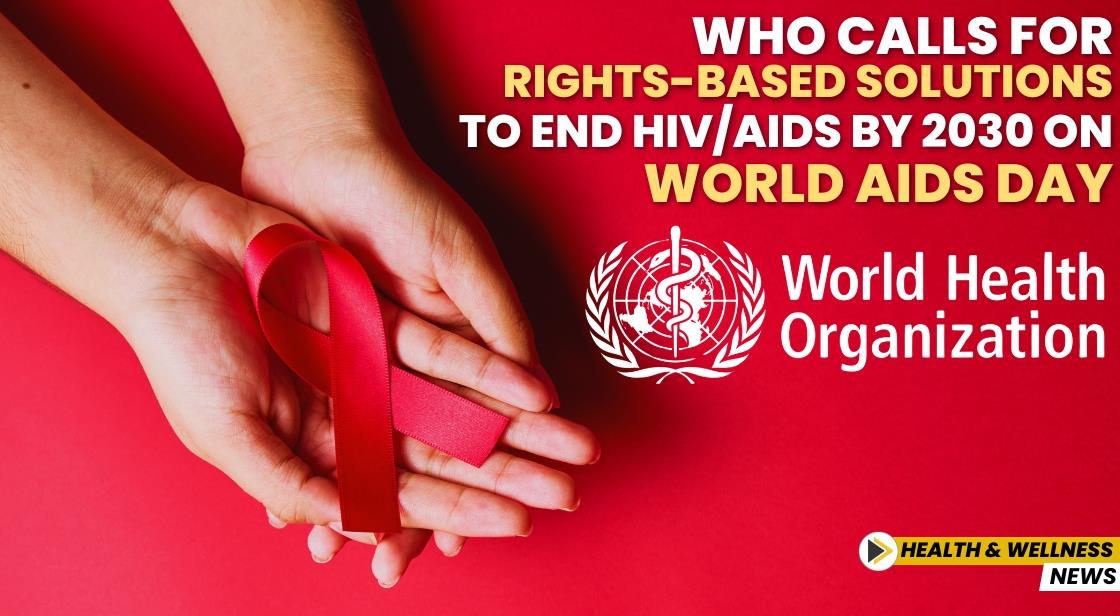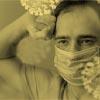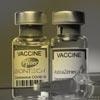WHO Calls for Rights-Based Solutions to End HIV/AIDS by 2030 on World AIDS Day

News Synopsis
On the occasion of World AIDS Day 2024, the World Health Organization (WHO), represented by Southeast Asia Regional Director Saima Wazed, made a clarion call for unified global efforts to combat HIV/AIDS under the theme "Take the Rights Path." The WHO highlighted the critical need for addressing inequalities impeding progress towards achieving the Sustainable Development Goal (SDG) of ending AIDS by 2030.
WHO Calls for Global Solidarity in the Fight Against HIV/AIDS on World AIDS Day 2024
Wazed emphasized the importance of adopting a rights-based healthcare approach to ensure dignified, stigma-free, and equitable access to care for people living with HIV. "A rights-based approach is not just a strategy; it is a commitment to uphold the dignity, health, and autonomy of every individual, especially those with vulnerabilities and are most at-risk. We must boldly tackle the stigma and discrimination that stand as formidable barriers to accessing prevention, treatment, and care," stated WHO Southeast Asia Regional Director Saima Wazed.
Current State of HIV in Southeast Asia
Regional Challenges in Combating HIV
In the World Health Organization (WHO) South-East Asia Region, approximately 3.9 million people live with HIV, representing 10% of the global burden. According to the 2023 data, 78% of these individuals are aware of their HIV-positive status, 66% receive antiretroviral treatment, and 64% have achieved viral suppression.
However, marginalized populations, including men who have sex with men, sex workers, people who inject drugs, and transgender individuals, face higher infection rates and significant barriers to healthcare access.
Addressing Mother-to-Child Transmission of HIV
The WHO’s ‘triple elimination’ initiative focuses on eradicating the vertical transmission of HIV, syphilis, and hepatitis B. Remarkable successes have been achieved in countries like the Maldives, Sri Lanka, and Thailand, which have eliminated mother-to-child transmission of HIV and syphilis. Nevertheless, the region still reports around 80,000 children and adolescents living with HIV, primarily due to mother-to-child transmission.
Youth Education and HIV Prevention
Alarming Trends Among Young People
Nearly half of the new HIV infections in the region occur among individuals aged 15–24. Education gaps about HIV transmission and prevention persist, with fewer than 25% of young people understanding the basics of HIV transmission. In response, Southeast Asian nations have adopted the Ministerial Declaration on Adolescent-Responsive Health Systems to better address young people's healthcare needs.
Leveraging Technology for Better HIV Care
WHO emphasized the role of technology in improving HIV care delivery. Mobile health apps, online counseling, and virtual support groups have emerged as effective tools to reach underserved populations. Additionally, biomedical advancements like pre-exposure prophylaxis (PrEP), post-exposure prophylaxis (PEP), and long-acting antiretroviral treatments are critical in reducing HIV transmission rates.
Commitment to the 95-95-95 Goals
WHO reiterated its commitment to achieving the ambitious 95-95-95 targets by diagnosing 95% of people living with HIV, ensuring treatment for 95% of diagnosed individuals, and achieving viral suppression in 95% of treated individuals. Collaboration between governments, healthcare providers, and international organizations is deemed essential to meet these objectives.
Conclusion: A Global Call to Action
On World AIDS Day 2024, the World Health Organization (WHO) reiterated its commitment to ensuring that every person living with HIV has access to equitable, stigma-free healthcare.
Saima Wazed, WHO Regional Director for Southeast Asia, underscored the importance of collective global efforts to eliminate the barriers that prevent people from accessing essential HIV services. These barriers, including stigma, discrimination, and healthcare inequities, remain significant challenges in the fight to end AIDS.
The WHO urged world leaders, healthcare providers, and communities to adopt a rights-based approach that respects and protects the dignity, autonomy, and health of every individual. This approach is vital for addressing the unique needs of vulnerable and marginalized populations disproportionately affected by HIV.
By fostering collaboration across sectors, leveraging technological and biomedical advancements, and advocating for systemic reforms, the WHO seeks to advance its goal of ending AIDS by 2030 and ensuring a healthier, more inclusive future for all.
You May Like









